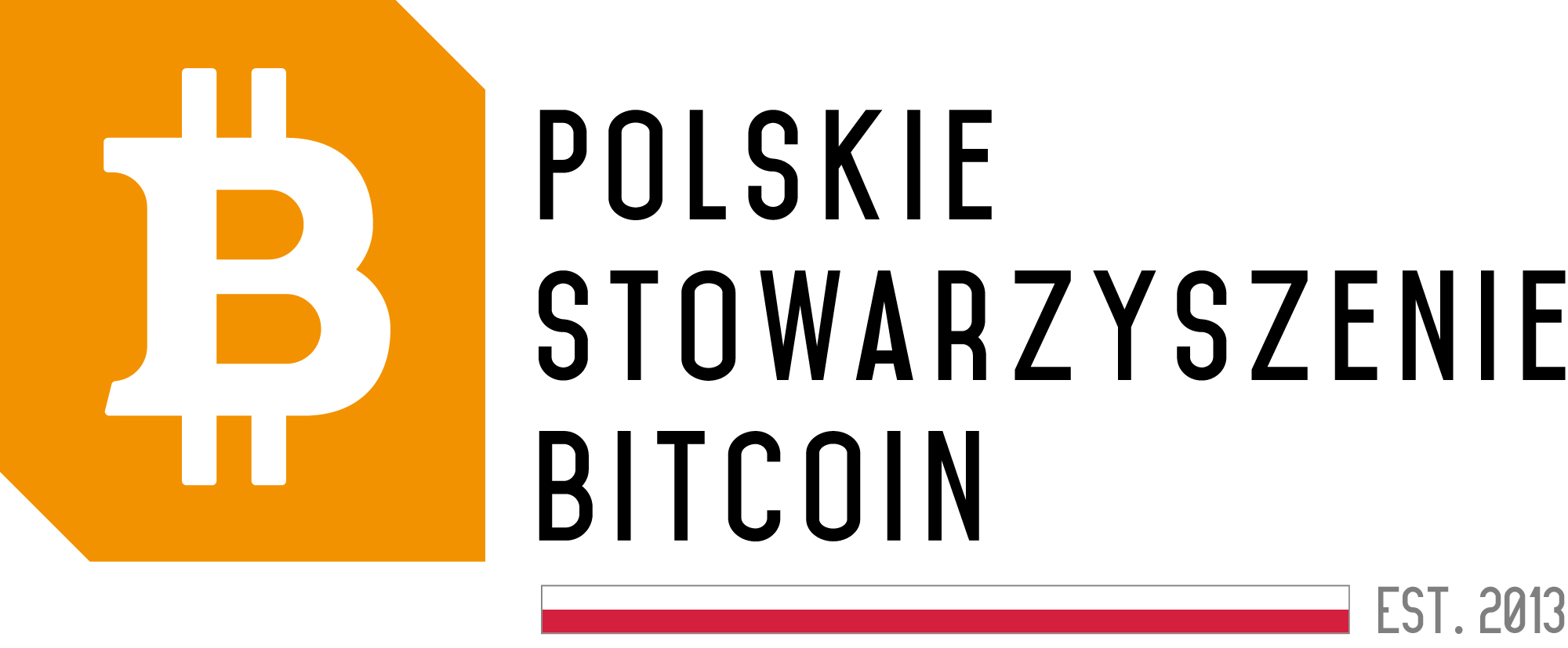block header
The concept of a “block header” in the context of the cryptocurrency market refers to a numerical header identified in the blockchain of a particular cryptocurrency. It serves as a unique identifier for each block in the blockchain, containing crucial information such as the block number, timestamp of its creation, and the hash of the previous block. The block header is a key component in the verification and security of digital transactions, constituting one of the foundational elements of blockchain technology.
Components of a Block Header
The block header consists of several essential components that together form a unique identifier for the block in the chain. Key elements of the header include:
– Block number: Indicates the block’s position in the chain, starting from the first block commonly known as the genesis block.
– Timestamp: Specifies the exact time the block was created, enabling the sequencing of transactions.
– Previous block hash: A unique hash of the previous block that links blocks together in the chain.
– Transaction data: Information about transactions included in the block, such as sender and receiver addresses, amounts, and transaction fees.
Validity of a Block Header
The verification of a block header is crucial for the security and integrity of the blockchain. For a block to be accepted by the network and added to the chain, it must undergo a consensus process where network participants confirm the header’s correctness. This process prevents transaction counterfeiting and makes altering data in existing blocks more difficult. Therefore, the block header is treated as a fundamental element confirming the authenticity of the entire block and its contents.
Application of a Block Header
The block header finds broad application in blockchain technology beyond cryptocurrencies. It plays a vital role in secure data storage, smart contract creation, and digital identity verification. With a unique identifier for each block, the history of transactions can be traced, ensuring process transparency and enhancing trust among users of blockchain-based systems.
In conclusion, the block header is an indispensable element in blockchain technology, serving as a key identifier for each block and ensuring the security and integrity of the entire system. Its structure and unique features make blockchain an inherently transparent and immutable solution for various sectors, including the cryptocurrency market.






